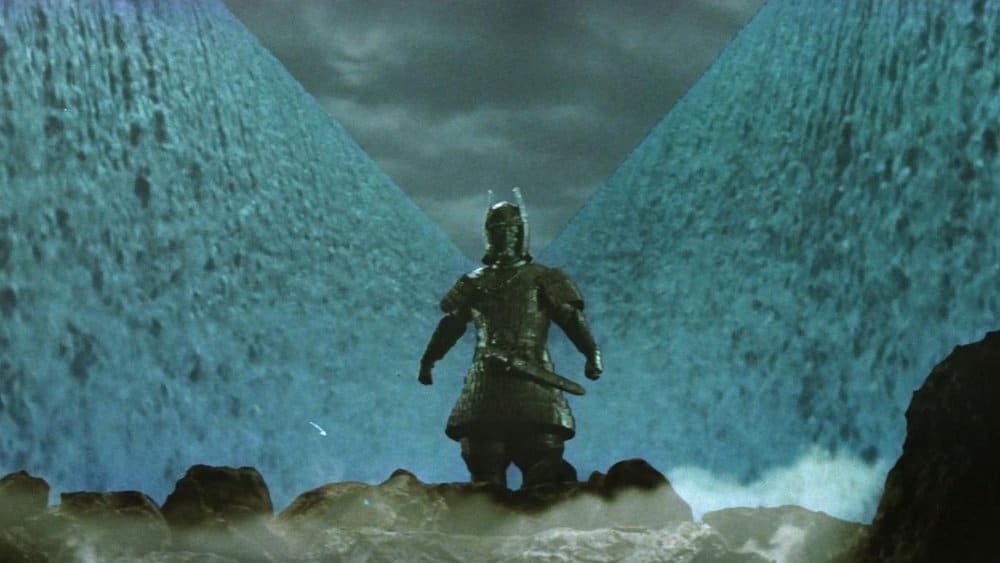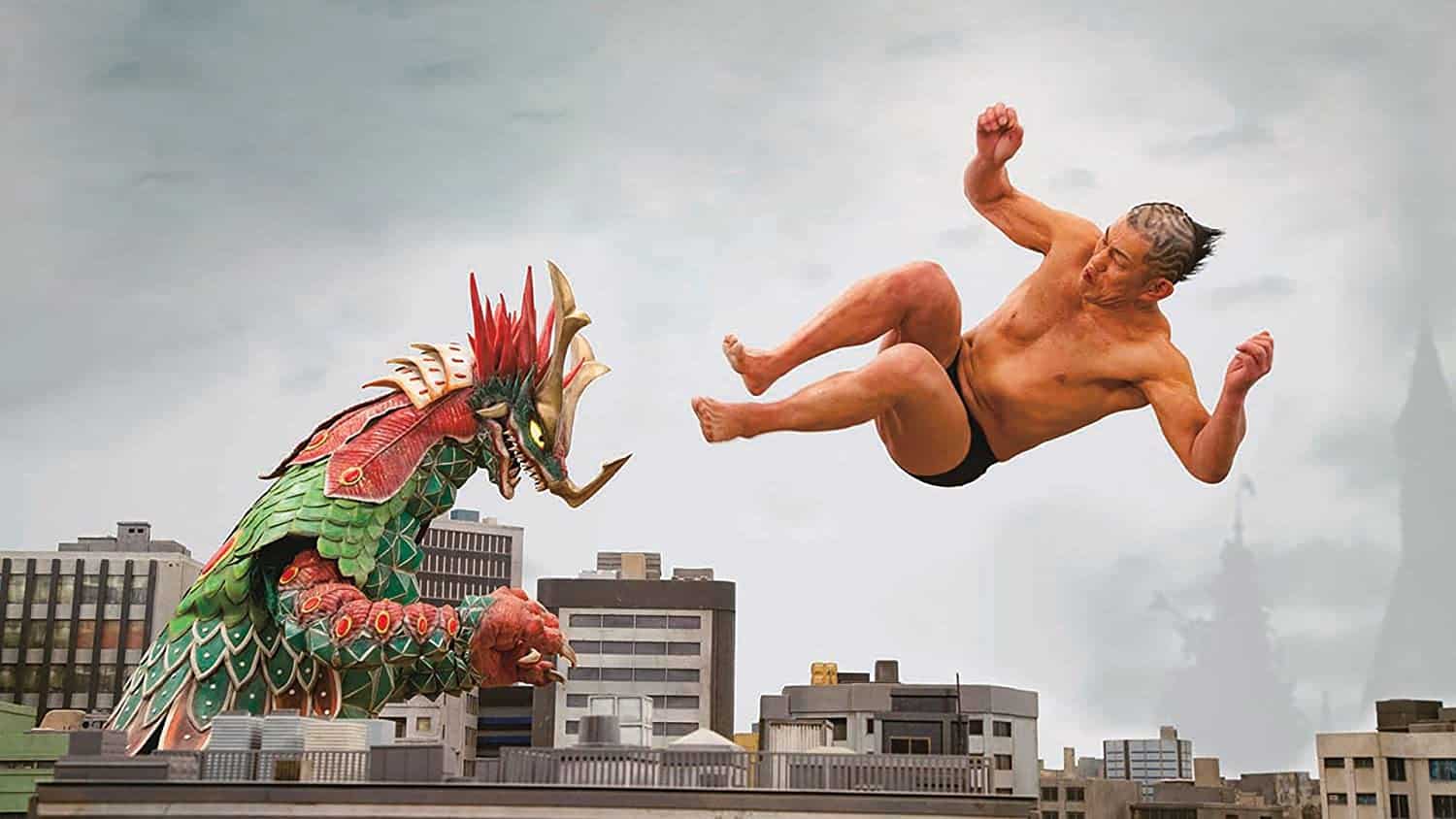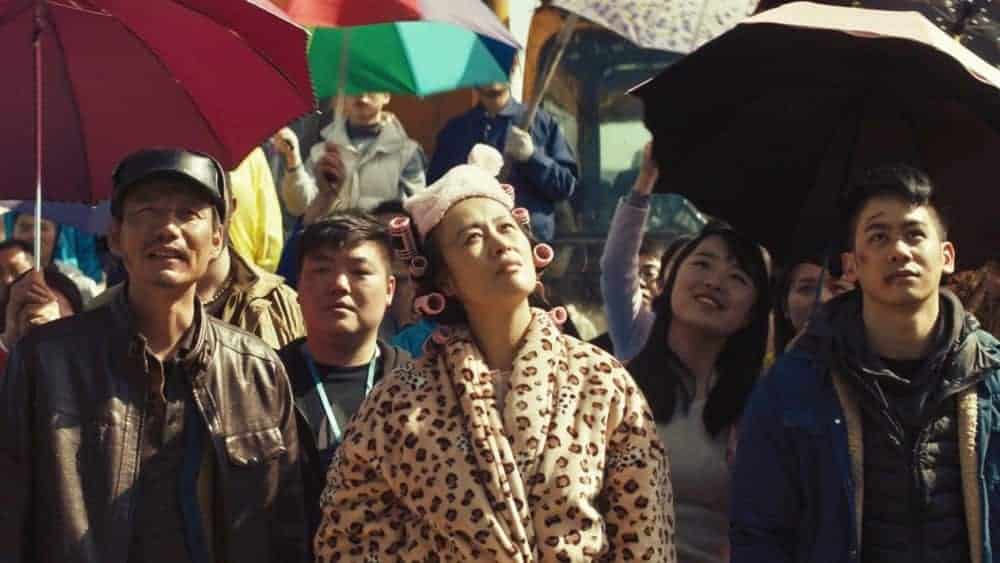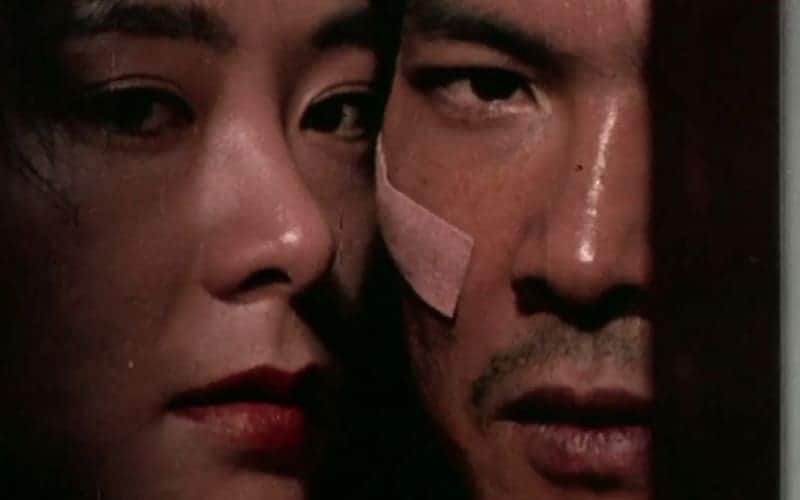Probably the most prolific director of the contemporary Kazhak cinema, Adilkhan Yerzhanov is in Tallinn with two films. “Ulbolsyn” (What My Sister Is Up Against) runs in the main competition of PÖFF – where it has its world premiere, while the insanely bonkers dramedy “Yellow Cat” screens in the ‘Current Waves' program. Two months after Venice IFF where it competed in the Orizzonti selection, densely followed by San Sebastian, “Yellow Cat” is in Tallinn to conquer the audience, and it will probably continue to travel the world in tow with its younger sibling.
“Yellow Cat” is screening at Tallinn Black Nights Film Festival

Yerzanov loves to compare his characters to heroes of ancient folklore and he has a special place in the Kazhak pantheon for his screen hero Kermek who is a modern version of Er-tostik, a paladin from the ancient popular fairtytale. Kermek (Azamat Nigmanov) doesn't wear a shiny armor and is not blessed with super-powers that could save anyone, not even himself, but he is equipped with stubbornness of a man with passion and simple ambitions.
An awkwardly dressed young man who walks energetically through the steppe in his trench-coat, Hawaii shirt and a fedora hat is a cinema aficionado with a dream to start anew by building a cinema “on the top of the hill”. But, as an ex-con who has just come out of the prison seven years earlier due to personal efforts by the local mobster, he isn't supposed to dream. Favors cost money, and mob believes in the old saying that short reckonings make long friends, although “long” tends to be measured differently in their world.
Back to the director's favorite Kazakh village, we look at that same young man applying for a job in the local store in the middle of nowhere and managing to get it, although he's super slow in passing the “how-to-handle-the-plastic-bags” test. What impresses not just the store manager but all of us is his job interview. Asked what he can do, he fires back with the question: “Have you seen Le Samourai by Jean-Pierre Melville?” and continues by re-creating a scene from the movie. With his fedora hat as a tribute to Delon, he delivers an awkward performance convincing the manager he could be the one to take over the position of the security guy.
This first chapter is introduced by a seemingly childish drawing and a hand-written name to it. But what seems childish is one of many references strewn throughout the film. What we are looking at is the director's personal connection to the 20th century art and French cinema. The way bodies are positioned in the landscape recalls the paintings of Andrew Wyeth, famous for the emotional contact with the place he lived in.
Adilkhan Yerzhanov is undeniably smitten with the region he's so religiously always returning to. His now third time DoP Yerkinbek Ptyraliyev knows how to encapsulate this fervor, accentuating the beauty of the nature with its dramatic contrast of the vast steppe and surrounding mountains that are, at the same time, populated by people who live according to the ugly laws of a corrupted system controlled by the nasty kingpin Baldyr.
In the middle of that boundless wilderness, Kermek happens to find his soul mate in a brothel that he never planned of visiting, but was dragged to by a bunch of thugs. Eva (Kamila Nugmanova) has actually watched “Le Samurai” until the end unlike Kermek who – growing up in an orphanage – was only allowed one hour of TV a day. Both annoyed by the lives they were forced to live, they break out of the brothel to leave the “kingdom of Baldyr”.
Nothing happens in the region without Baldyr's approval, as he pretty much dictates law and order with police officers on his payroll, who on the under hand are supervised by his right-hand Zambas (Sanjar Madi). With high-pitched voice, leaky bladder and an impossible hairdo, he is a parody of villains and a reversed picture of the stereotypical image of a mobster. Yerzahanov is messing up usual representations of evil by lending it infantile elements and by turning many of the mobsters into comically static figures who “look bad”. Even if the general tone is light and full of humor, there is plenty to be read between the lines, and also to be sad about.
The amateur cast delivers some of the best performances. Staging the locals to fill in the roles of corrupted small crooks proves (again) as a good decision with a rib-tickling result.















